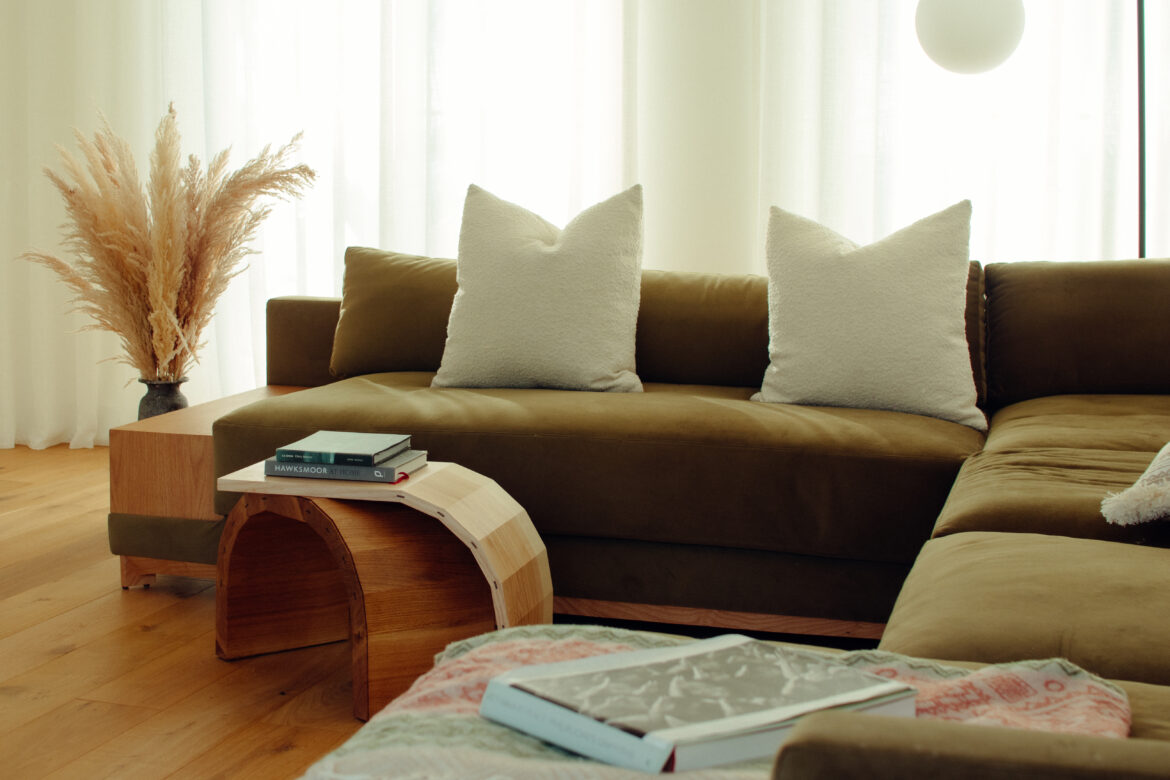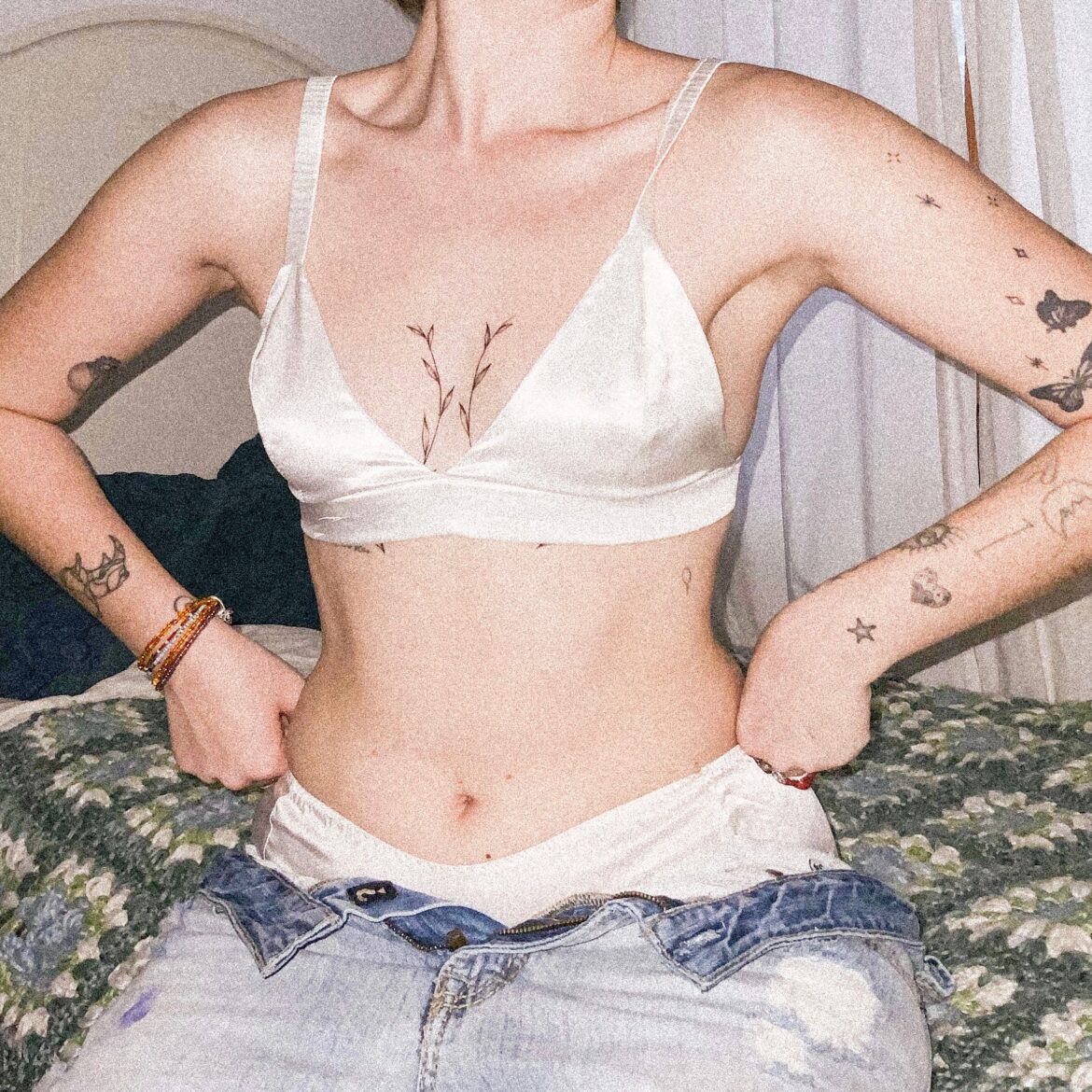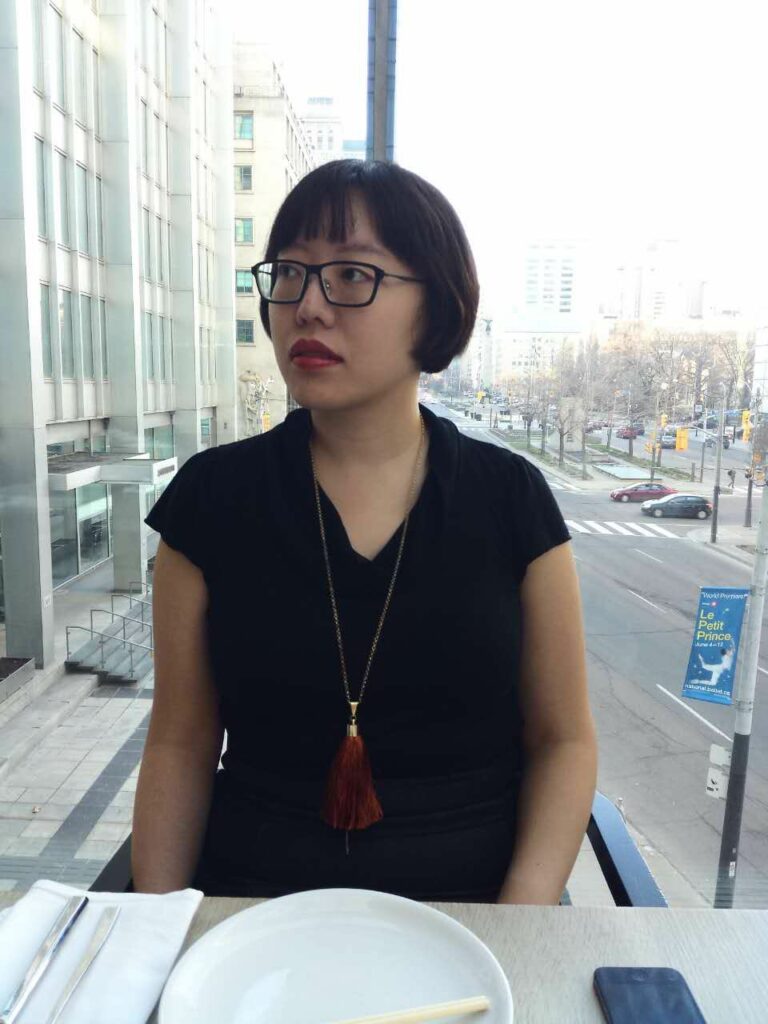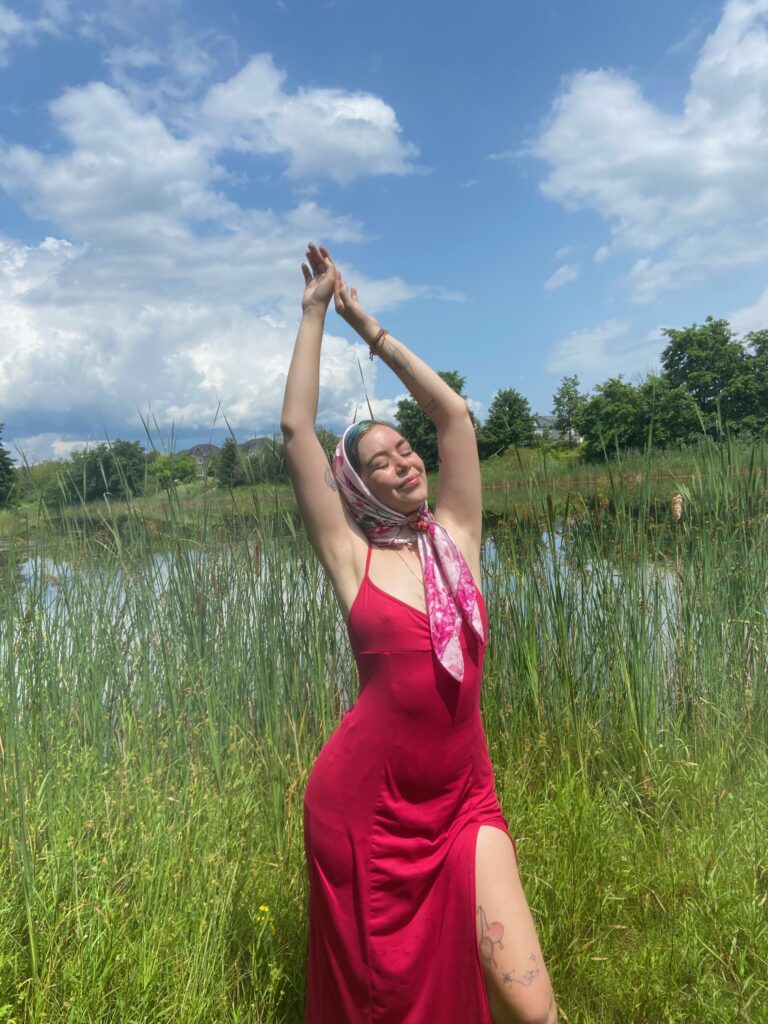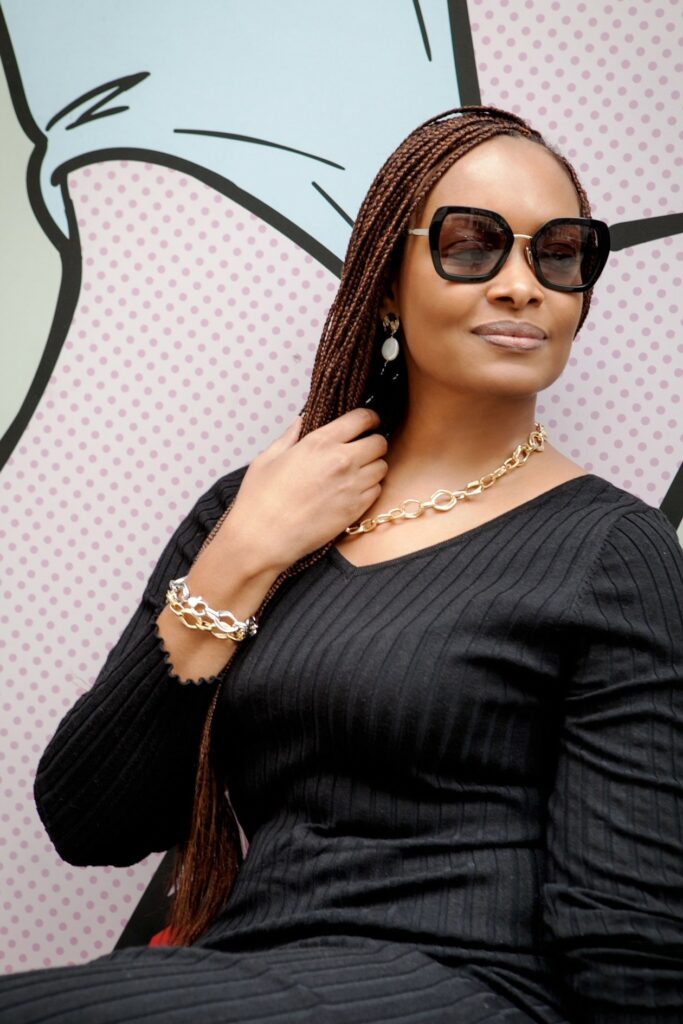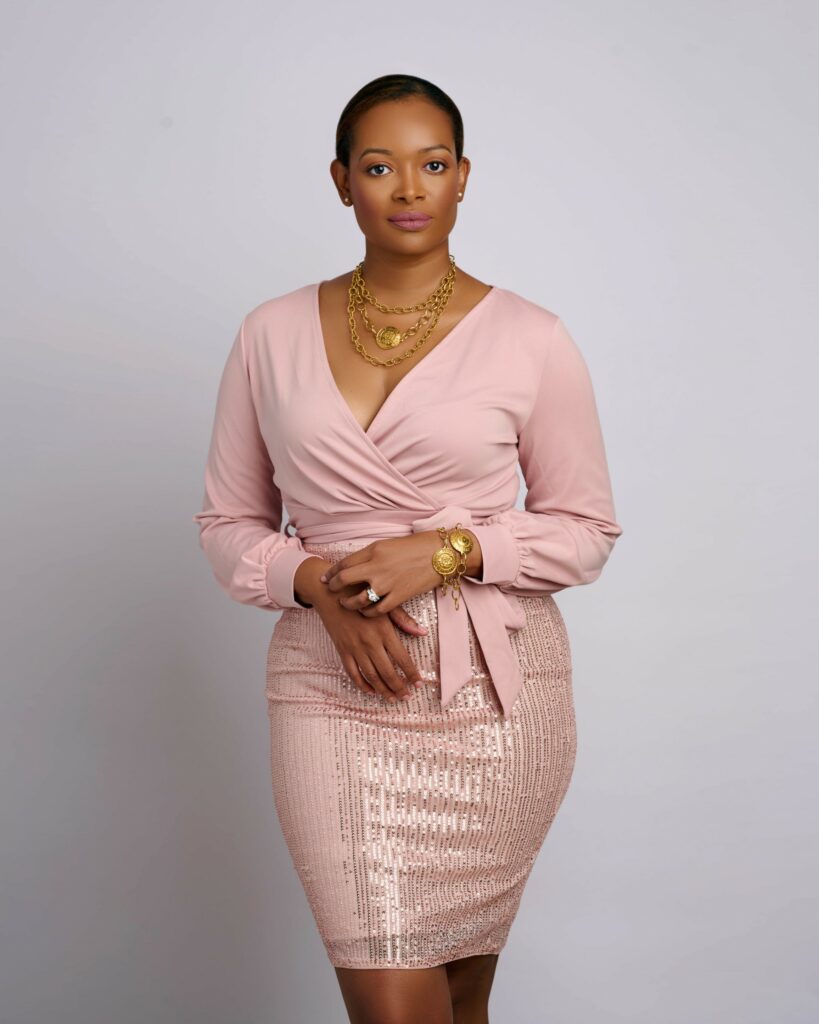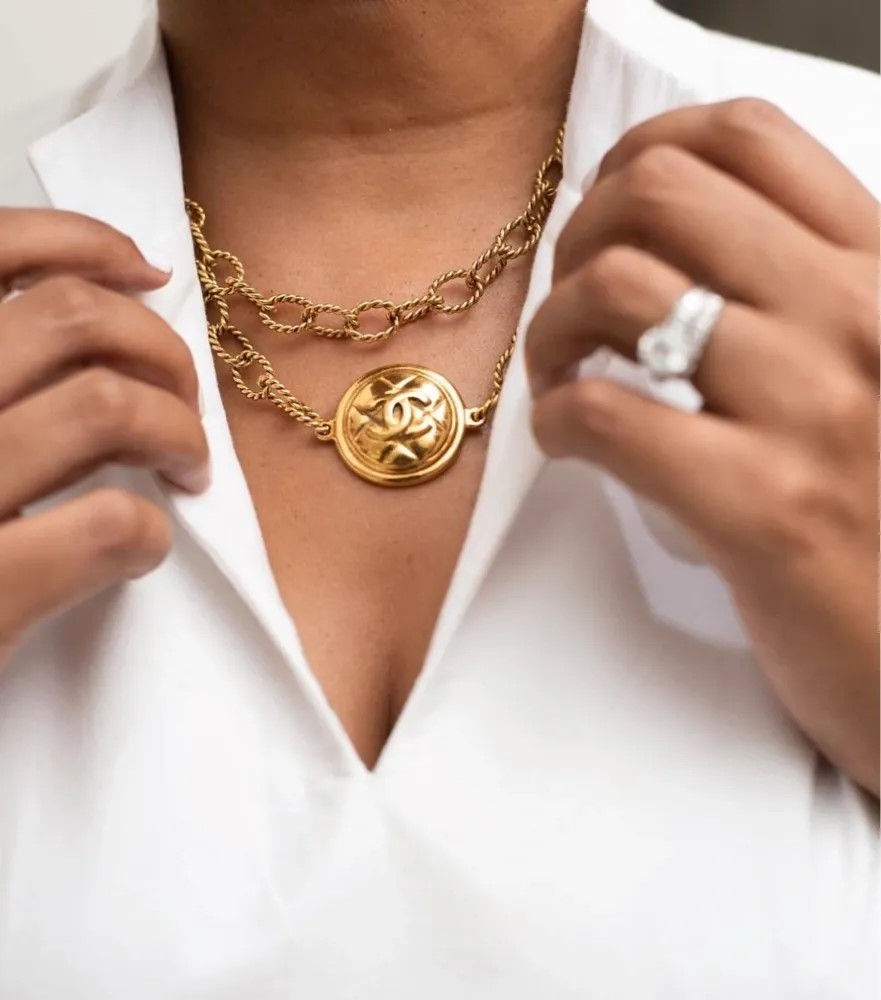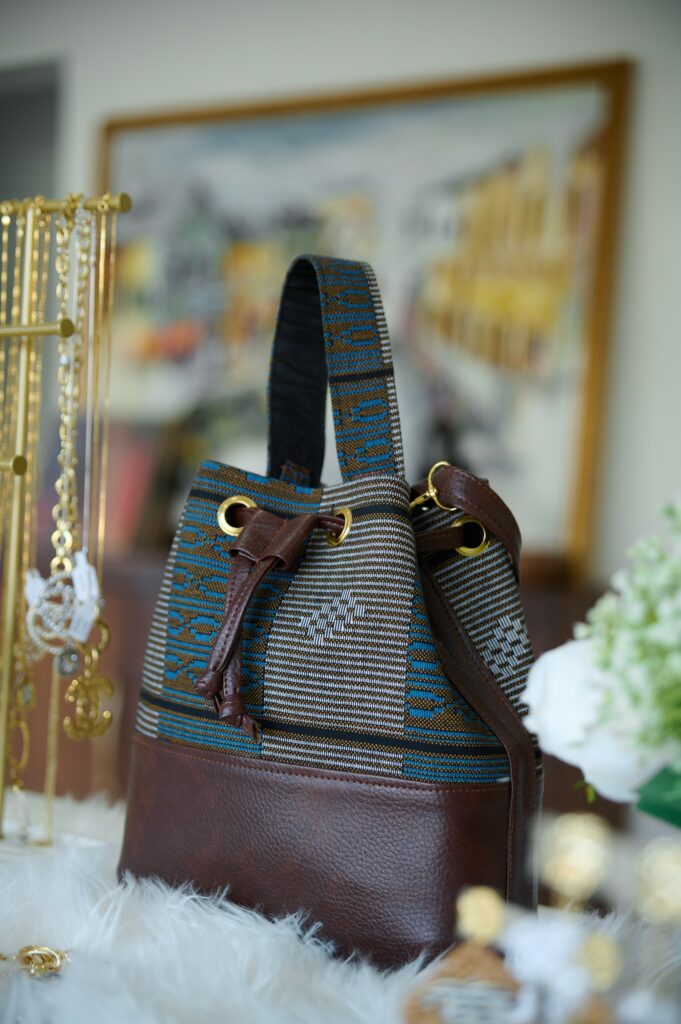In the enchanting realm where artistry converges with functionality, Gigi Cooke emerges as a luminary, weaving a narrative of sustainable design that captivates the soul. As we embark on this journey into her world, where each piece of furniture tells a story, House of Coco is thrilled to unveil the visionary behind the Gigi Cooke brand – a maestro of form, function, and environmental consciousness.
Gigi’s tale begins on the idyllic shores of Jersey, a small island that nurtured her passion for the outdoors and ignited the spark for sustainable design. In the embrace of nature’s beauty, she found inspiration to craft designs that not only breathe life into spaces but also echo a profound commitment to protecting the delicate ecosystems that first stirred her creativity.
A graduate of Bath Spa University in Furniture and Product design, Gigi’s hands-on journey in the workshop sculpted a philosophy that seamlessly blends style, function, and sustainability. Shortlisted for Young Furniture Designer of the Year, she stands as a testament to the transformative power of recognition, a force that opened doors and validated her unwavering dedication to the craft.
As we delve into the essence of Gigi Cooke’s design philosophy, we’ll uncover the intricate dance between natural materials and human interaction, a choreography that elevates spaces into sanctuaries for meaningful connections. Her creations, born from a mindful exploration of materials and processes, not only meet the criteria of functionality and style but emerge as beacons of sustainability in an ever-evolving design landscape.
Navigating the challenges of incorporating sustainable credentials into her designs, Gigi has embraced a proactive stance, choosing Grown in Britain Certified materials and carving a path that echoes her commitment to a greener future. Her brand, Gigi Cooke, stands as a testament to her dedication to long-lasting furniture with a purpose – a purpose that extends beyond aesthetics to embrace environmental, social, and economic dimensions.
Gigi’s story isn’t just about furniture; it’s a symphony of creativity, resilience, and a profound connection to the natural world. Join House of Coco as we unravel the chapters of Gigi Cooke’s design odyssey, where each creation is a brushstroke in a masterpiece that seamlessly blends elegance, sustainability, and the echoes of her island roots.
Welcome to a world where design transcends mere functionality and becomes a testament to the power of conscious creativity…
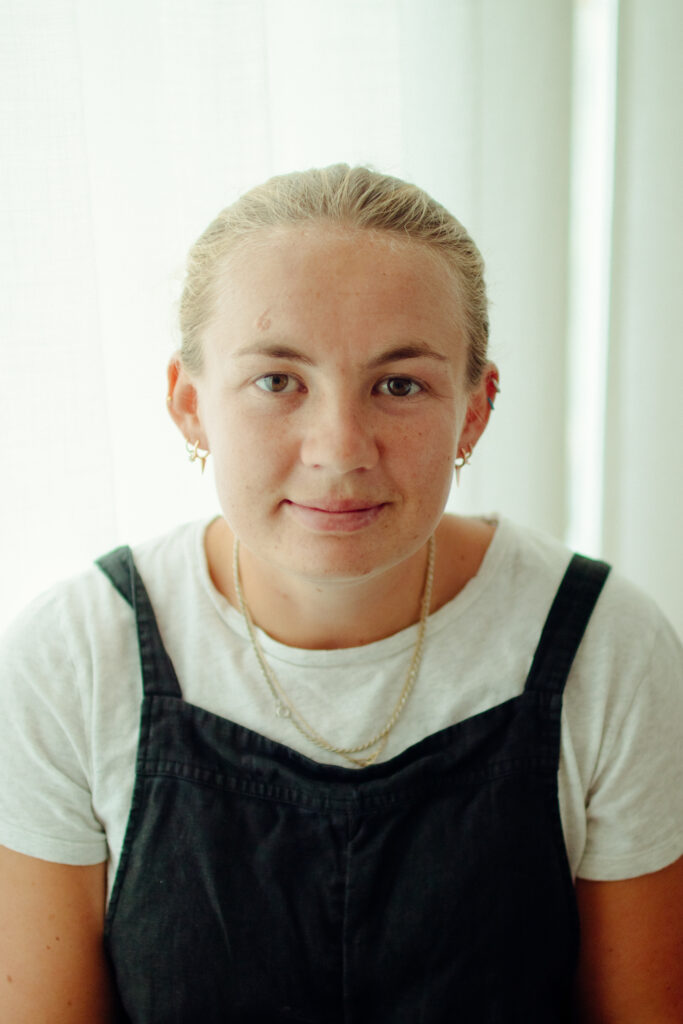
Can you share the moment or experience from your childhood on the island of Jersey that ignited your passion for sustainable design and influenced your brand’s philosophy?
Growing up on a small island cultivated my love for the outdoors and sports. The island’s natural beauty inspired me to appreciate the environment, and this connection to nature fuelled my passion for sustainable design. Witnessing the delicate ecosystem of Jersey instilled in me a deep sense of responsibility to protect it.
How has your background in Furniture and Product design at Bath Spa University shaped your approach to creating pieces that blend function, style, and sustainability?
Bath Spa University provided a platform for me to explore my design approach. Being hands-on with materials and constantly experimenting in the workshop shaped my commitment to blending function, style, and sustainability. The university’s emphasis on personal exploration also allowed me to develop a unique perspective that reflects in my creations.
Being shortlisted for Young Furniture Designer of the Year is a remarkable achievement. How did that recognition impact your journey as a designer and entrepreneur?
Being shortlisted boosted my confidence in both my design skills and knowledge of furniture making. It was a pivotal moment that validated my dedication to the craft. The recognition opened doors, providing opportunities to showcase my work and connect with different people within the design industry.
Can you delve into the philosophy that guides your design process and how it aims to elevate human interaction through sensitive design?
The philosophy guiding my design process revolves around the notion that every product in the world undergoes a design process and is worth exploring from both an aesthetic and practical perspective. I also approach design with sensitivity toward natural materials and the surrounding environment, aiming to create designs that are functional and contribute to elevating human interactions.
By being attuned to the innate qualities of natural materials, my designs seek to enhance the human experience. I aim to craft spaces that foster meaningful gatherings and conversations or provide environments for relaxation and comfort. Whether it’s a piece of furniture that invites people to connect or a space that encourages moments of tranquility, the overarching philosophy is to enrich lives through thoughtful and sensitive design.
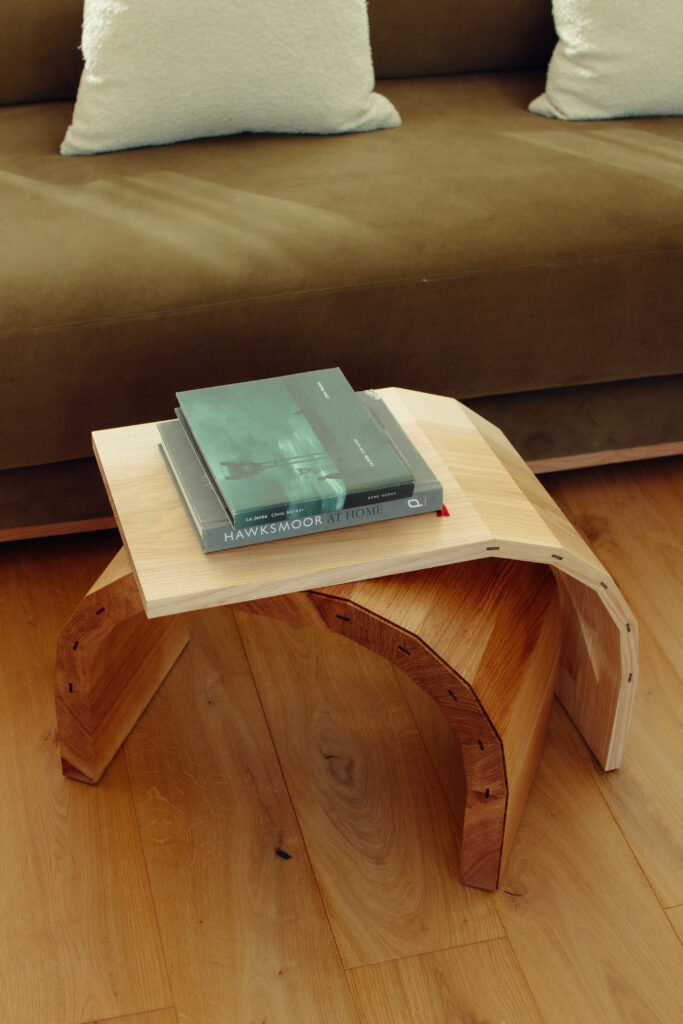
In exploring materiality and processes, how do you ensure that your creations not only meet functional and stylish criteria but also adhere to sustainable principles?
My design process starts with using different processes to manipulate the materials and play with form. This initial exploration serves as the foundation and inspiration for my sketching stages and final design. Throughout, simplicity is a guiding principle for me that ensures my designs stand out while maintaining functionality.
Also central to my sustainable design principles is the conscientious use of local resources to minimise the carbon footprint. I prioritise the utilization of natural materials like local timber, emphasizing responsible practices to minimize waste. This approach aligns with my commitment to creating environmentally conscious designs that are both functional and sustainable.
What challenges have you faced in incorporating sustainable credentials into your designs, and how have you overcome them?
Incorporating sustainable credentials as a new business has been challenging due to the inherent costs and time associated with adopting sustainable practices. However, despite these challenges, I have taken a proactive step by using Grown in Britain Certified materials. This certification not only aligns with my commitment to sustainability but also facilitates the traceability of materials used in creating my furniture, notably in the case of the Archie design.
Your brand focuses on limiting the impact on the planet. Could you share some specific practices or initiatives within your business that reflect this commitment to sustainability?
My brand, Gigi Cooke, is dedicated to the design and production of long-lasting furniture with a commitment to sustainability, addressing environmental, social, and economic aspects. Being from Jersey, I wanted to use local craftsmen for manufacturing, and while I cannot source materials on the Island, I am using sustainably certified British timber imported from the south of England.
In addition, with Archie, my latest design, 5% of the proceeds will be donated to Jersey Trees for Life, an amazing charity whose mission is to inspire, facilitate, and promote the planting, conservation, and protection of trees and hedgerows while educating our community about their environmental, ecological, and social importance.
Beyond the design realm, what other aspects of your life contribute to your creative process and inspire your work?
Nature and the outdoors play a pivotal role in inspiring my creative process. Witnessing the beauty of trees in their natural environment and observing the harmony of our surroundings, coupled with the ever-evolving aspects of nature, heavily influence my work. The organic forms, textures, and material uses found in nature serve as a constant inspiration, shaping the aesthetics and sustainability focus in my designs.
As the founder of your brand, what moments or achievements are you most proud of in your journey so far?
As the driving force behind my brand, Gigi Cooke, I take immense pride in the pivotal moments and achievements throughout my journey. The initial establishment of my business stands out as a significant milestone, realizing a dream of being in control of my own future as a designer and founder.
A particularly “pinch me” moment occurred when my first piece of furniture, Archie, was launched and featured in British Vogue from January to March of this year. Another noteworthy achievement is this spring; my design, Archie, will be stocked in Holloway of Ludlow in Bath. The prospect of seeing Archie in-store for purchase in the upcoming spring marks a notable milestone in expanding the presence of my creations.
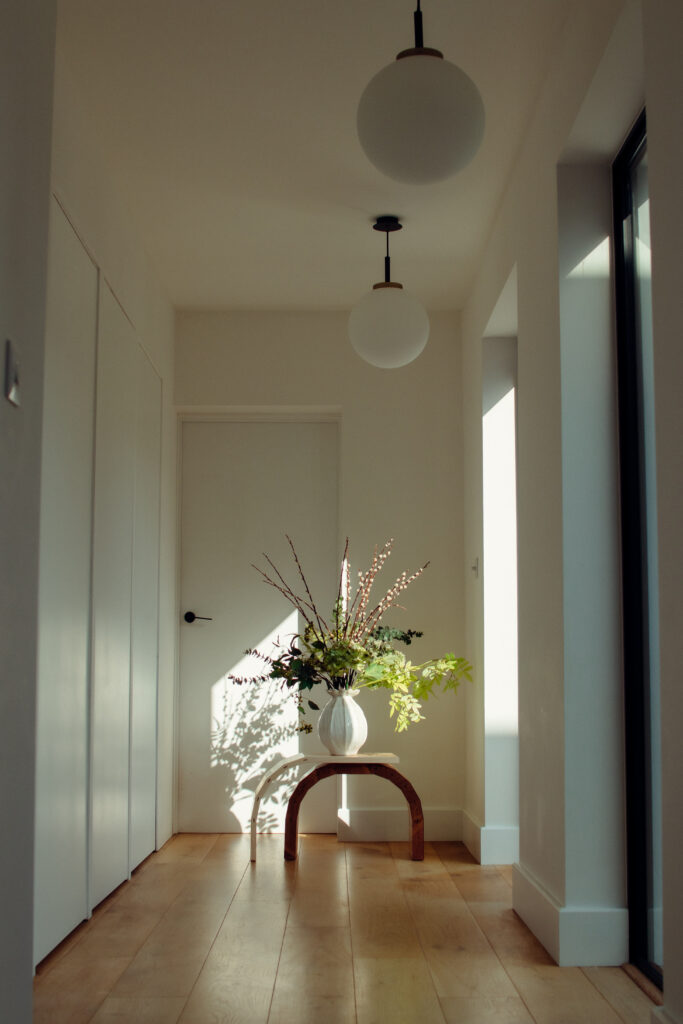
How do you balance the need for commercial success with your commitment to sustainable and sensitive design?
Balancing commercial success with sustainability involves making informed choices in material sourcing, manufacturing processes, and marketing strategies. Being transparent about my sustainable practices creates a connection with consumers, fostering trust and loyalty.
Travel often serves as a wellspring of inspiration. What destinations have had a profound impact on your creative vision, and how do those influences manifest in your designs?
London, with its abundance of creativity, has been a constant source of inspiration for me. The city’s diverse architecture and the convergence of different cultures have significantly shaped my creative vision. When I return from London, I’m always infused with a renewed drive to create and make.
The city’s dynamic business landscape inspires me to broaden my design horizons by visiting showrooms, boutiques, and various studios that span different mediums. The experiences and influences gathered from London resonate in my designs, reflecting a fusion of architectural elements and multicultural nuances.
If you could collaborate with any other designer or artist, living or deceased, who would it be, and why?
If I could collaborate with any other creative, it would be Maarten Baas – his experimental and playful designs push process to create striking pieces of art and furniture.
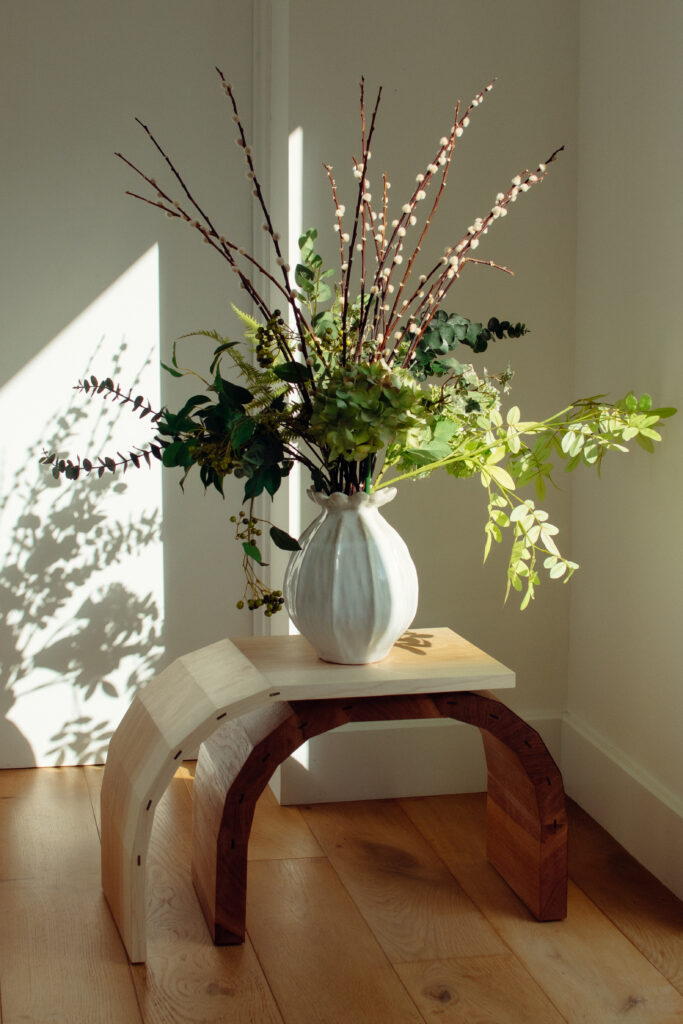
Looking back at your career, is there anything you would do differently, and what valuable lessons have you learned along the way?
Reflecting on my career, I currently wouldn’t change anything. However, a crucial lesson I’ve learned is the importance of proactively putting myself out there. Researching companies, individuals, or anyone who inspires or can offer guidance has been instrumental. I’ve found that reaching out to lots of people and making connections is invaluable. This approach has opened doors, created opportunities, and fostered meaningful connections throughout my journey.
Can you share a particularly challenging project you undertook and how it stretched your creative boundaries?
One of my most challenging projects was Archie, my most recent venture and also my first launched project. The difficulty arose during the decision-making phase, where I had to select the final design to progress with. This pivotal choice not only marked the initiation of Archie but also demanded a comprehensive evaluation of creative potential, functionality, and alignment with my brand’s vision.
The challenge of making this crucial decision ultimately pushed the boundaries of my creativity, requiring a thoughtful and strategic approach to ensure the success of Archie as both a design and a product.
In a rapidly changing industry, how do you stay ahead of trends while maintaining the uniqueness and authenticity of your brand?
I believe authenticity is key to staying relevant. By designing pieces that resonate with my personal interests and values, I naturally stay true to my brand. While staying informed about industry trends, I nevertheless prioritize creating timeless pieces that reflect my unique perspective.
What advice would you give to aspiring designers who are passionate about incorporating sustainability into their work?
Design is fun and requires a lot of time, so you definitely need to be passionate and use your interests to influence your design and processes. Regarding sustainability, given the ever-expanding innovation in sustainability, it’s essential to stay well-informed and educated. The field is dynamic, and staying ahead of the curve ensures that your designs stay relevant. Embrace the continuous learning process and let your commitment to sustainability drive both your creativity and your responsibility as a designer.
Do you have a favorite piece or collection that holds special significance to you personally, and what is the story behind it?
My first piece of furniture, Archie, has a special place in my heart. The product encompasses all my beliefs and vision for what my brand stands for. Archie highlights the beauty of the timber the UK has to offer by showcasing the materiality of English oak and ash. Archie is a playful approach to versatile, contemporary furniture, mirroring its unique and arching silhouette, from which it draws its name. In addition, Archie seamlessly transforms from a stylish stool, ideal for providing extra seating, into a functional coffee table that enhances the coziness of gatherings. It also effortlessly transitions into a chic side table, perfect for holding your favorite reads. This multifunctional design not only reflects my commitment to aesthetics and versatility but also represents the essence of my brand’s philosophy – combining form, functionality, and a deep appreciation for the natural beauty of sustainable materials.
How do you see the role of British design evolving, especially in the context of sustainability, in the coming years?
I envision British design evolving towards a more localized and sustainable approach. Consumers want to learn about what they are buying and reflect their own personal style and ethics. People want to understand the story behind what they are purchasing, and British designers will likely focus on authenticity, craftsmanship, and environmentally conscious practices.
Beyond the world of design, what are your personal interests and hobbies that contribute to your overall well-being and creativity?
My love for the outdoors and passion in sports contribute significantly to my well-being and creativity. Engaging in activities like surfing, hockey, running, and cycling allows me to recharge and maintain a healthy work-life balance.
Where can people follow you and find out more about your brand?
You can explore and shop at www.gigicooke.com and follow @gigi_cooke on Instagram for updates on my latest designs and insights into the creative process.

